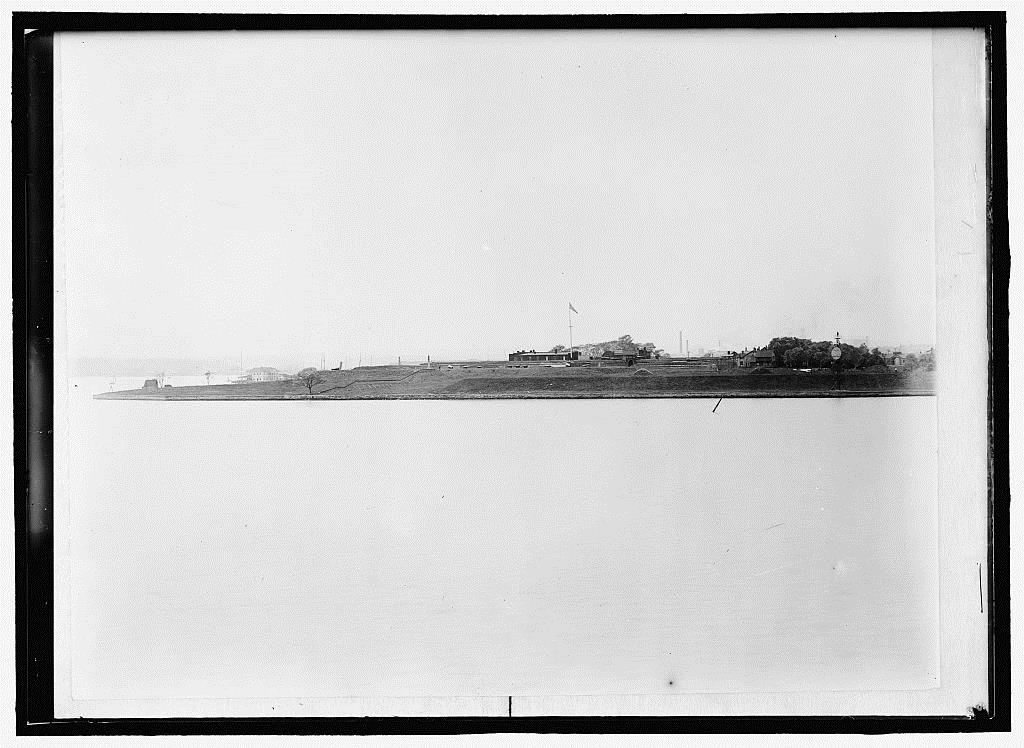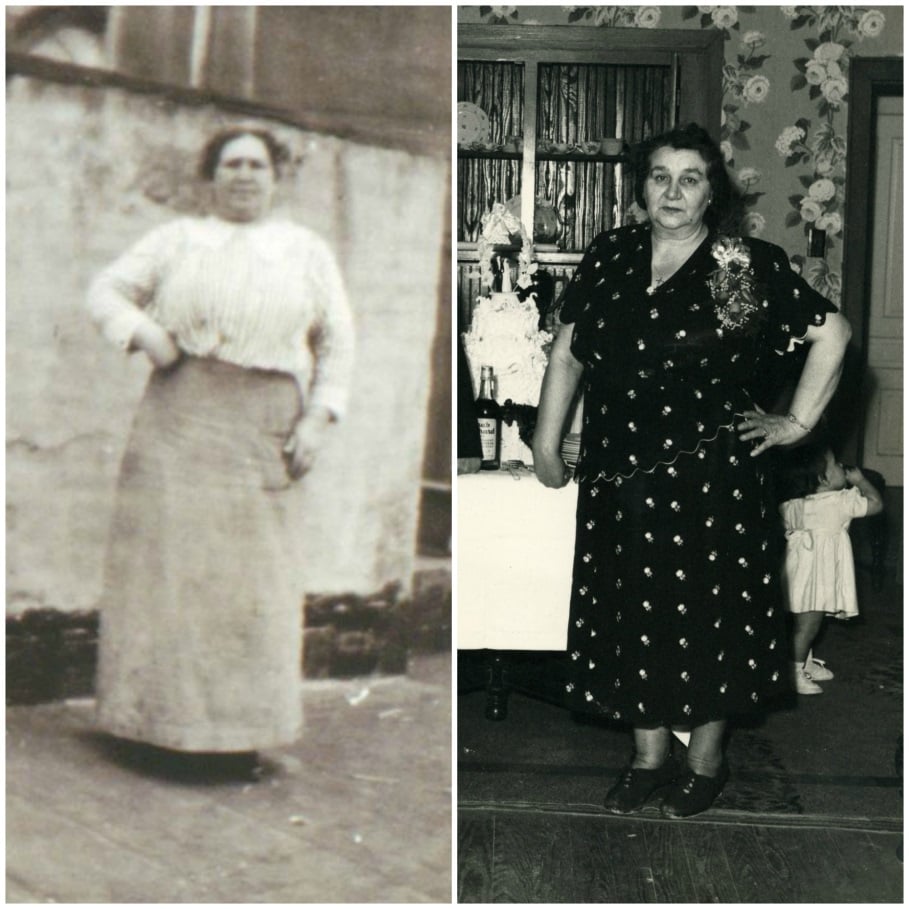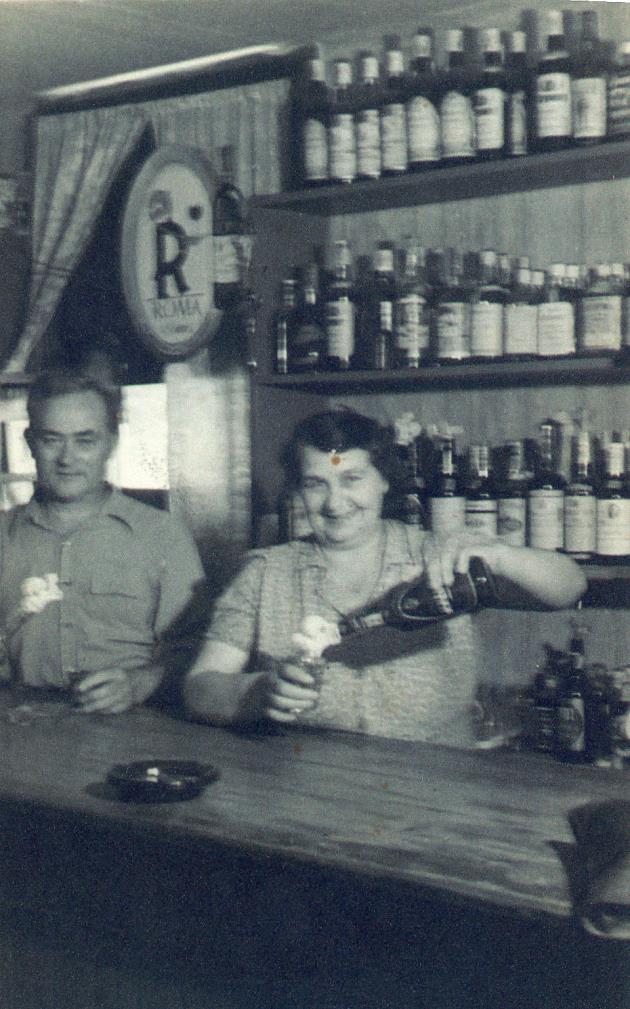Blog Archive
Fanny and Granny: My Connection to Immigration
You know the feeling you get when someone asks you a question and really wants to hear your response, your unique perspective? At the Tenement Museum, visitors experience this daily.
Educators at the Tenement Museum understand that everyone has a story to tell. In the words of one educator, “Every visitor is a primary source.” During Tour and Discussion, the museum’s dialogue program, visitors share their stories and explore contemporary issues while learning about the residents 97 Orchard Street. It’s amazing the connections people make.
Recently I was participating in a Sweatshop Workers Tour and Discussion when the educator-facilitator asked the entire group, “What’s your connection to immigration?”
I didn’t know what to say. No one had asked me that before. Born and raised in Baltimore to parents who had never lived further than an hour from the places their parents (also native to Baltimore and one Wisconsin transplant) raised them―no one had expected me to have a personal connection to immigration.
The educator knew better. The incredible staff at the Tenement Museum understands that immigration is an issue that continues to have a profound impact at global, national, local, and personal levels, therefore everyone has something to say. Furthermore, when visitors connect personally to the broader history and issues being discussed, their perspectives on both the past and the present can change. My perspectives certainly did.
“What’s your connection to immigration?”
I can’t remember how I answered the educator, but I do remember that throughout the tour the following image kept coming to mind.
Standing in the bar they owned, my great-grandmother, Josephine, pours a beer and smiles for the camera, while behind her, her husband guards his drink: my connection to immigration.
Josephine immigrated to America from Poland, married a nice Polish boy, moved back to Poland, then immigrated to America again. However, my family never talks about Josephine as an immigrant. Instead, she’s remembered as the all-powerful matriarch. At a family reunion today, you would be sure to hear how when Josephine caught her son, Eddie, illegally crabbing in the protected waters around Fort McHenry, she forced him to wear a dress to school as a punishment.

Josephine and her family lived near Fort McHenry, the famed fort that defended Baltimore from the British during the War of 1812, where Francis Scott Key noted, “our banner still waved.” By 1939, the Fort was a national monument, which meant protecting the land for posterity and protecting the water from fishermen and crabbers (but apparently not my great-uncle). Photo courtesy of the Library of Congress.
In all the years of hearing and repeating that story, I had never once considered what it meant that Josephine was an immigrant. The Tenement Museum changed that.
On that Tour and Discussion program, we visited the Rogarshevsky apartment and discussed what the matriarch, Fanny, would have thought of her daughters’ modern “American” lifestyle, complete with dime romance novels and trips to Coney Island.
As I stared at Fanny’s picture I saw my great-grandmother—a woman facing similar trials and tribulations. I wondered, what were Josephine’s relationships with her children like?

To the left, Fanny Rogarshevsky stands on the roof on 97 Orchard Street. To the right, my great-grandmother.
I was reminded of the story of Eddie and the dress. What was Josephine really punishing Eddie for? Simply disobeying the law? For disrespecting the country she’d chosen to live in (twice)? Was it because he was challenging the “American” image of her family she wanted to create? Or perhaps threatening an image she was fighting to preserve?
Participating in Tour and Discussion, I was able to push past a nostalgic image of my great-grandmother to see Josephine—the woman, the immigrant—and the issues she faced. Through the reflections of my fellow visitors, I was reminded that these stories did not stop with Fanny and her daughters, nor Josephine and her sons, but continue today. Everyone on the tour’s connection to immigration was different, but together our stories complimented and complicated each other—allowing us to understand the complexity of immigration and emotions tied to our perspectives.
All this because an educator asked “What’s your connection to immigration?”
–Posted by Amelia Grabowski, Education Intern Summer 2014
